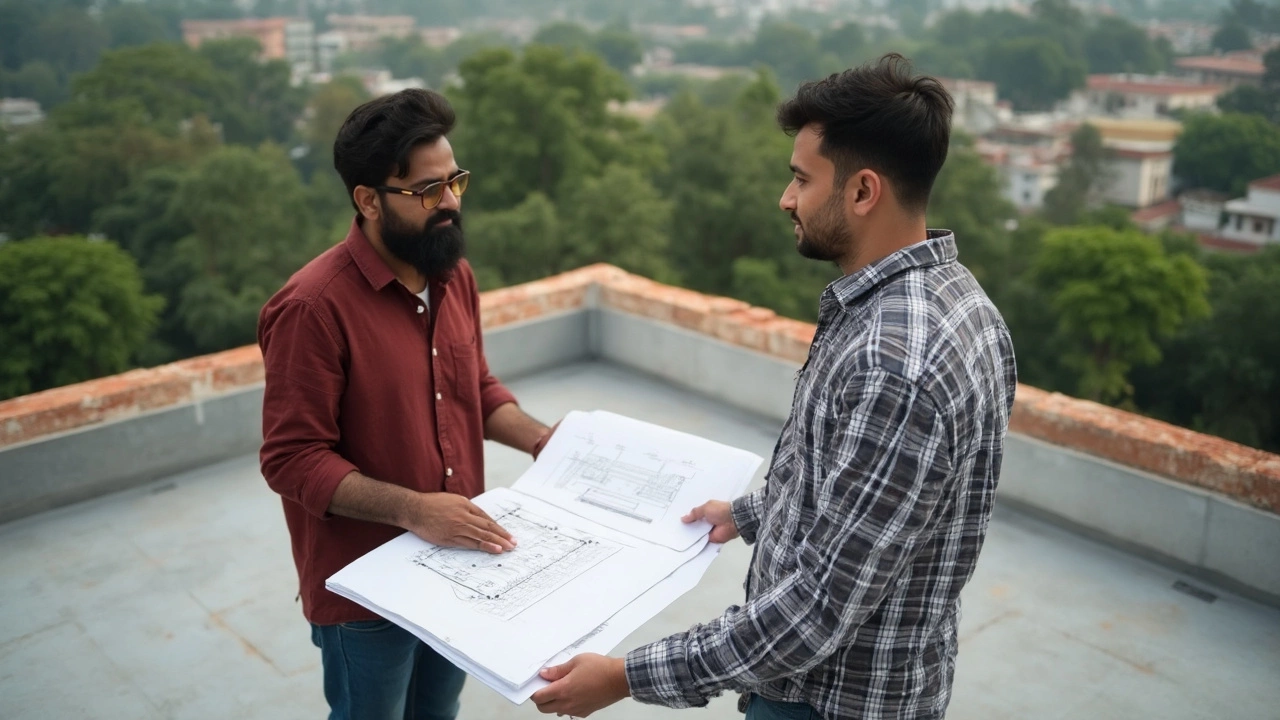Roofing Materials: Types, Costs, and What Works Best in 2025
When you think about your home’s protection, the roofing materials, the layers and products used to cover and protect a building from weather, wind, and water. Also known as roof coverings, they’re the first line of defense against rain, snow, and extreme heat. It’s not just about looks—it’s about how long it lasts, how much it costs to install, and whether it can handle your local climate. A bad roof doesn’t just leak—it can rot your walls, ruin your insulation, and cost you thousands in repairs.
Asphalt shingles, the most common roofing material in North America and the UK, made from fiberglass or organic felt coated with asphalt and mineral granules. They’re cheap, easy to install, and come in dozens of colors. But they don’t last long—typically 15 to 30 years—and they crack in freezing temps or warp in hot sun. Then there’s metal roofing, a durable, lightweight option made from steel, aluminum, or copper, often used in commercial buildings and modern homes. It can last 40 to 70 years, sheds snow easily, and reflects heat, but it’s louder in rain and costs two to three times more upfront. Concrete tiles and clay tiles are popular in warmer regions like California and the Mediterranean—they look great and last 50+ years—but they’re heavy, require strong framing, and break if you walk on them wrong.
What you pick depends on your budget, climate, and how long you plan to stay. If you’re in a place with heavy snow, metal or concrete tiles beat shingles every time. If you’re on a tight budget and plan to move in five years, asphalt is fine—but don’t expect it to outlive your mortgage. And if you’re replacing a roof, don’t skip the underlayment. A good synthetic underlayment can double your roof’s life, even with cheap shingles. Many new builds still use low-grade materials to cut costs, which is why so many homeowners see leaks within a decade.
Roofing isn’t just about the top layer. It’s about ventilation, slope, flashing, and how well it’s installed. A poorly installed metal roof can leak worse than a bad shingle job. A roof with no ridge vent traps moisture and causes mold under the decking. That’s why some of the posts below dig into real-world failures—like why new builds develop mold, or how foundation issues can be tied to water runoff from bad roof drainage.
You’ll find practical guides here on what roofing materials actually perform over time, what contractors skip to save money, and how to spot a shady installer. Whether you’re replacing a roof, building new, or just trying to understand why your neighbor’s roof lasted 40 years while yours failed in 12—you’ll find answers that aren’t just marketing fluff.
Roof Replacement Budgeting Guide: Smart Steps for Homeowners
Need to budget for a new roof? Discover smart ways to estimate roofing costs, plan ahead, pick materials, and avoid nasty surprise expenses.
Learn more...How Much Roofing Do I Need for a 2000 Sq Ft House?
Figuring out how much roofing you need for a 2000 square foot house isn’t as simple as just matching the floor size. The actual area you’ll cover—the roof surface—is different, and pitch, design, and material type all play a role. This article breaks down the step-by-step math, gives easy tips to avoid common mistakes, and sorts through material choices and waste factors. Look out for practical advice on saving money and making sure you order the right amount the first time.
Learn more...
